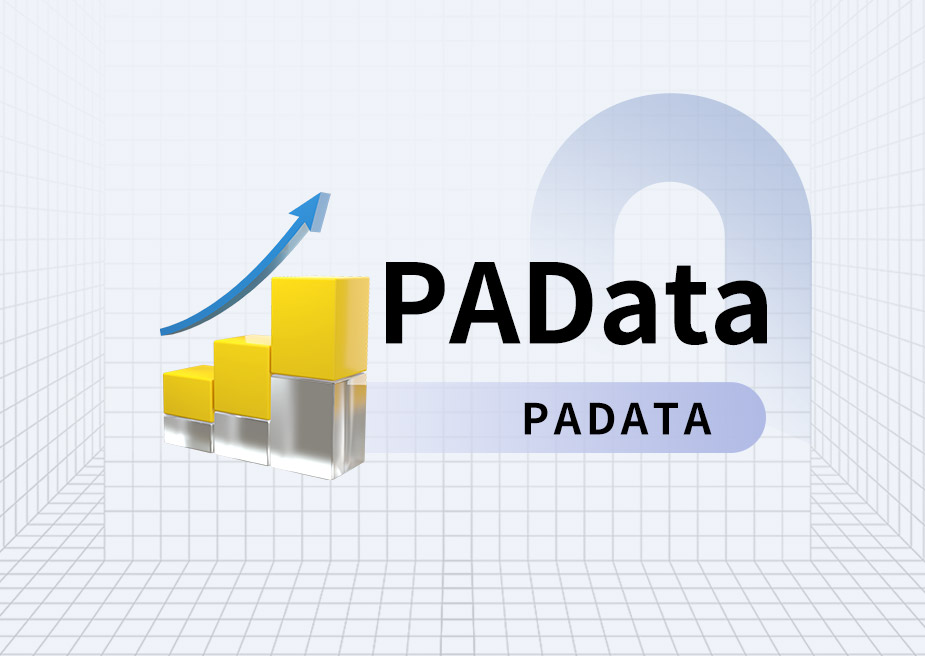DeFi has become a very mature infrastructure, and there are three major directions for the future: integrated returns, smart arbitrage, and integration with CeFi .
Treehouse, a project recently launched on Binance spot, implies these three directions and can be said to be a typical example.
We can use Treehouse to peek into the future development trends of the DeFi track.
1. DeFi transforms from fragmentation to standardization. The current interest rate environment of DeFi is highly fragmented. It is affected by liquidity pools, collateral types and market sentiment, resulting in sharp fluctuations in yields and cannot support complex fixed-income products such as bonds or derivatives.
To address this issue, Treehouse introduced DOR (Decentralized Offered Rates), a decentralized benchmark interest rate framework.
This is a "standard interest rate system" decided by everyone together, which rewards accurate predictions like a game and avoids manipulation.
It can help develop more products, such as risk hedging tools. Currently, the first DOR is the interest rate for Ethereum staking.
This mechanism can become an “anchor” for DeFi interest rates, similar to the role of the Federal Reserve Funds Rate for TradFi.
This also paves the way for institutions to enter DeFi. You know, institutions are tired of high volatility but prefer predictable returns.
2. Smart Arbitrage Model: Users who deposit ETH or LSTs (Liquid Staking Tokens, such as stETH and rETH) can obtain tAssets (such as tETH), participate in automated interest rate arbitrage strategies, and earn real returns.
That is to say, if you deposit Ethereum or similar assets into it, it will intelligently and automatically "arbitrage" (look for high-interest opportunities) in different places to help you earn an annualized return of 4% to higher.
This is different from the passive holding of traditional staking. Instead, it actively captures the price difference between lending/staking interest rates to achieve a compound return of 4% to tens of percent.
At the same time, tAssets can seamlessly integrate protocols such as Aave and Curve, support lending and liquidity provision, and form a closed-loop ecosystem.
3. Before the integration of CeFi and DeFi , everyone regarded DeFi as an independent financial system. However, in this cycle, RWA assets such as on-chain US stocks and on-chain US bonds appeared in the market.
This means that traditional assets are being moved onto the chain and integrated with the financial infrastructure on the chain.
Therefore, the integration of CeFi and DeFi is a major trend.
DeFi needs the stability of CeFi to attract trillions of dollars in institutional funds.
Fixed income is the “missing link” of DeFi and the key to driving mainstream adoption.
Therefore, not only does CeFi need DeFi, but DeFi also needs CeFi.
To sum up
Through the above analysis, we can see that Treehouse is like a "stable income bank" in DeFi, helping users earn reliable interest with digital assets (such as Ethereum) without worrying about random changes in interest rates.
Treehouse fills the gap in DeFi, making it easier for ordinary people to make stable money.
In the long run, if the crypto market rises, Treehouse may become a "benchmark tool" for DeFi, like the interest rate standard for traditional finance.
In short, the positioning of the Treehouse project represents the future development direction of DeFi, and it is worth paying special attention to.







